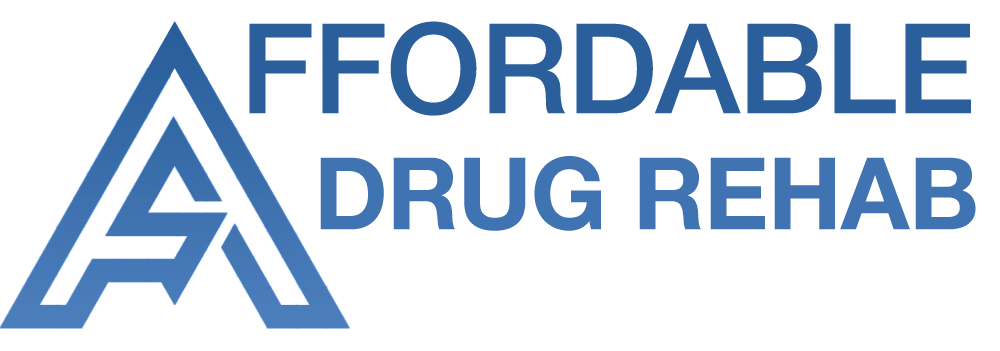Give us a call1 (888) 850-3656
Table of Contents
How much does the government spend on addiction treatment?
It’s heartening to see that the government recognizes the importance of treating addiction. As an organization, we’ve closely monitored government spending, and while the exact figures can vary year to year, billions of dollars are allocated nationally. For example, the Substance Abuse and Mental Health Services Administration (SAMHSA) was appropriated approximately $5.7 billion in fiscal year 2020 solely for substance use and mental health initiatives. It’s a substantial investment that underlines the commitment to battling this crisis. These funds help support services that are critical to organizations like ours, allowing us to offer affordable care to those in need.
How much does substance use disorder cost?
Substance use disorder has a profound economic impact not only on individuals and their families but also on society as a whole. The cost is multifaceted – there’s healthcare expenditures, lost productivity at work, and legal costs. A study by the National Drug Intelligence Center (NDIC) estimated that the cost of illicit drug use alone in the United States was $193 billion annually. When you factor in alcohol and prescription drug misuse, that figure climbs even higher. This staggering expense highlights the urgent need for accessible and effective treatment options like the ones we provide here at our affordable drug rehab California facility.
What is the cost of drug abuse to the society?
The cost of drug abuse to society is enormous and not just in monetary terms. Beyond the direct healthcare costs, we must consider the indirect costs such as crime-related expenses and reduced workplace productivity. But it’s the human cost that truly resonates with us here at Affordable Drug Rehabs. We’re talking about broken families, lives lost too soon, and the missed potential of so many individuals. Research by the National Institute on Drug Abuse (NIDA) indicates that the overall societal cost of substance abuse in the U.S., including health- and crime-related costs as well as losses in productivity, exceeds $600 billion annually. It’s a sobering reminder of why we need to continue our mission here at our affordable inpatient drug rehab California center.
How does aftercare contribute to long-term recovery?
From our experience at our affordable drug rehab Los Angeles center, we’ve learned that treatment doesn’t end when a program does; recovery is a lifelong journey. Aftercare is the safety net that catches individuals who have just started walking on their own again after treatment. It provides continued support, whether through therapy sessions, support groups, or vocational training. Studies show that aftercare significantly reduces the risk of relapse, which is why we emphasize this as part of our program. It’s about building a community and offering resources for our clients to not just avoid substance use, but to thrive in their new sober lives. Have you thought about how a strong support system might look for you or your loved ones in recovery?
In what ways do holistic approaches complement traditional addiction treatments?
We’ve seen that a holistic approach can deeply enrich the traditional modalities of addiction treatment. At Affordable Drug Rehabs, we incorporate activities like yoga and meditation, which can improve mental wellbeing, reduce stress, and enhance self-awareness. While medications and behavioral therapies are critical, the added layer of holistic care can often be the key to unlocking an individual’s full potential for healing. It’s about treating the whole person, not just the addiction. Scientific studies have backed the efficacy of these methods, showing that they can provide significant benefits when integrated with more conventional treatments. How might incorporating holistic methods into your life support your well-being?
Additional Resources
- National Institute on Drug Abuse (NIDA): For information on the science of drug use and addiction, research, and treatment options. https://www.drugabuse.gov/
- Substance Abuse and Mental Health Services Administration (SAMHSA): Offers guidance on substance abuse treatment and prevention, and provides a treatment locator. https://www.samhsa.gov/
- Centers for Disease Control and Prevention (CDC): Provides data, statistics, and information on various health topics, including substance abuse and overdose. https://www.cdc.gov/
- National Institutes of Health (NIH): As a part of the U.S. Department of Health and Human Services, NIH is another primary agency for conducting and supporting medical research. https://www.nih.gov/
- Office of National Drug Control Policy (ONDCP): Provides information on federal drug control policies and initiatives. https://www.whitehouse.gov/ondcp/
- American Psychological Association (APA): Offers resources on the psychological aspects of addiction and substance use. https://www.apa.org/
- The National Alliance on Mental Illness (NAMI): NAMI provides resources and support for individuals and families affected by mental illness and co-occurring substance abuse disorders. https://www.nami.org/
Affordable Drug Rehab California Affordable Inpatient Drug Rehab California Affordable Drug Rehab Los Angeles

